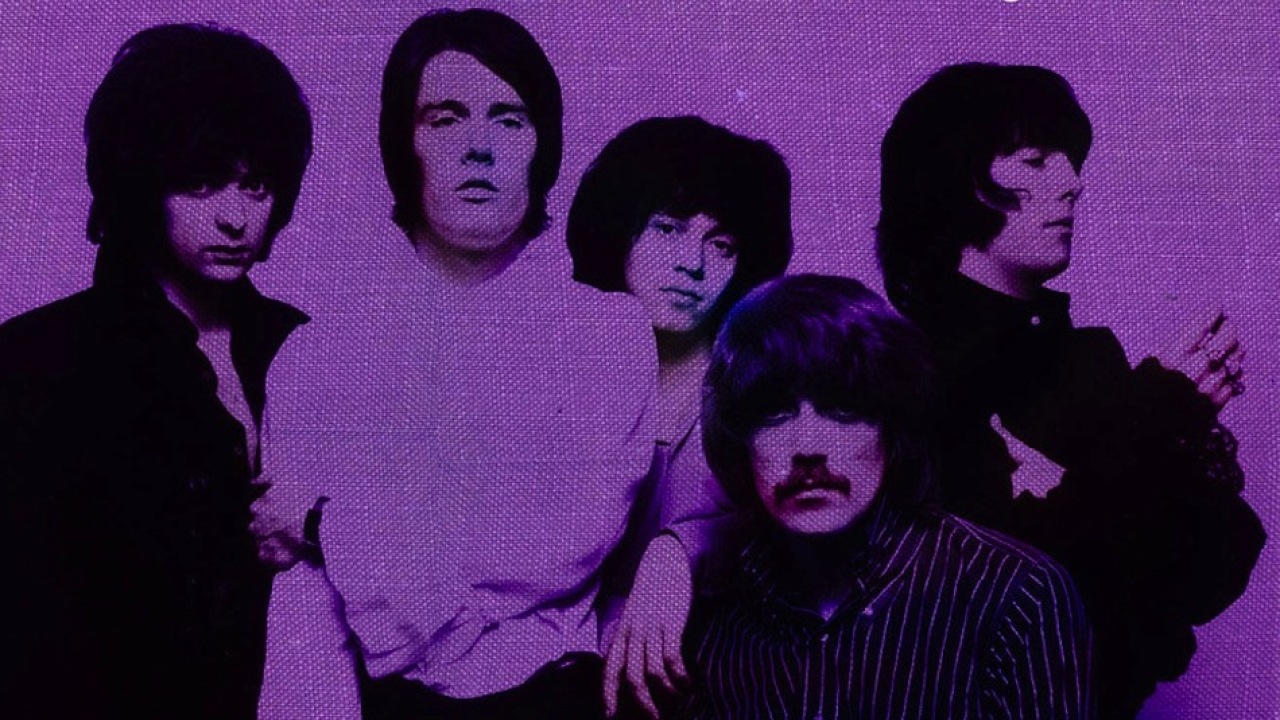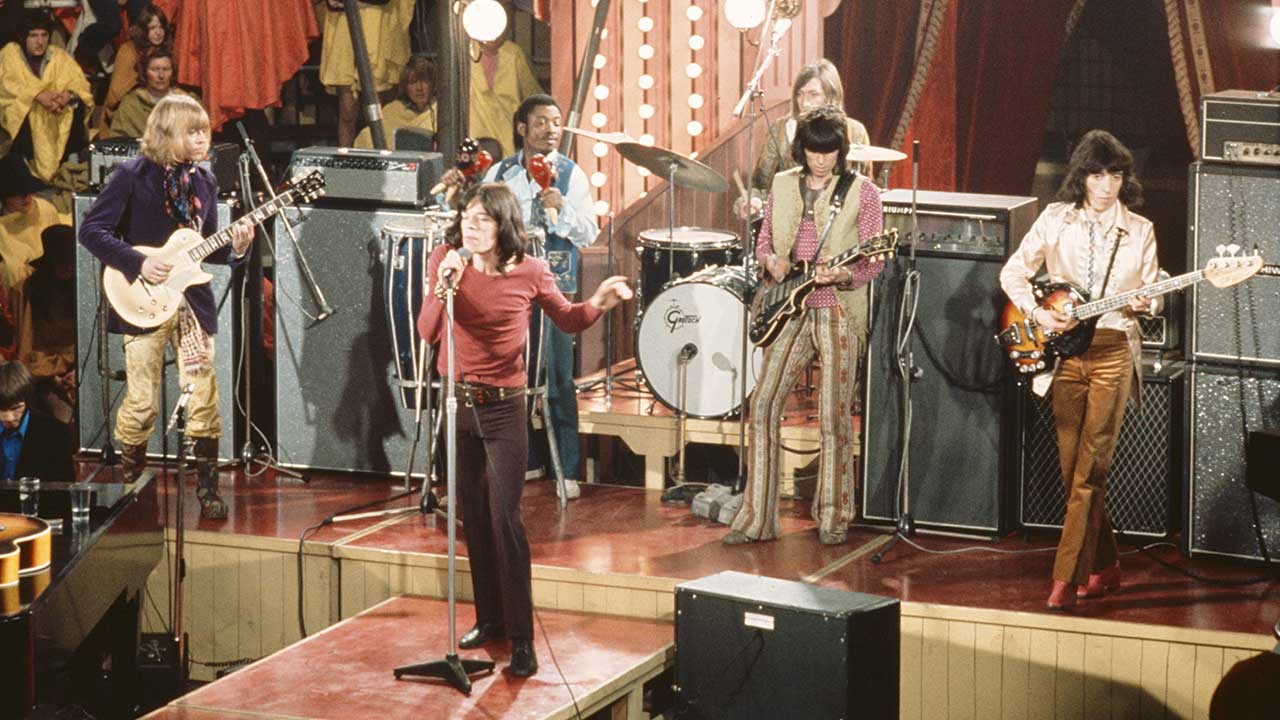You can trust Louder
Rock music has taken giant strides since the tail end of the 60s, when the three albums that comprise this box set – Shades Of Deep Purple, The Book Of Taliesyn and the self-titled Deep Purple – were originally released. And so, it turns out, has the dark art of rock journalism.
The informative 48-page booklet that accompanies this release is full of Purple-related music-paper clippings from back in the day – and a chucklesome assortment they are, too. “Excellent organ and guitar, and a lot of trouble taken with material and arrangements,” is one reviewer’s assessment of Taliesyn. “Not outstanding by any means, so I can’t be too hopeful about it,” another scribe shrugs about the single Emmaretta, while admitting the presence of “some startling wowing guitar work”. Still, despite the rudimentary nature of the writing, another journo hits the nail firmly on the head with his evaluation of Shades Of: “This new group digs playing around with sound just for fun.”
Purple may have enjoyed early singles-chart success in the US with their blistering interpretation of Joe South’s Hush, but in truth their first few records are the sound of a band suffering a severe identity crisis. The Mk I line-up – with Rod Evans on vocals and Nick Simper on bass – was trying frantically to identify a distinct and unique musical direction in a world where the fledgling heavy rock genre was still judged to be ‘undergound’; hence the confused nature of this trio of beasts.
Having said that, Purple still deliver some remarkable moments. The aforementioned Hush remains mould-breaking; if Ritchie Blackmore’s mercurial guitar still sounds breathtaking today, imagine how utterly ear-boggling it must have been in ’68. Similarly, Mandrake Root retains its ambience of stalking menace, and Shield is a delightful reminder of how Jefferson Airplane might have played the Department S theme tune.
There are also moments of madness. Shades Of opens with And The Address, which sounds like a score Blackmore rescued from Joe Meek’s wastepaper basket; the terminally confused Taliesyn reaches its nadir with a progged-up, 10-minute version of River Deep, Mountain High; April, from Deep Purple, begins like a fledgling Concerto For Group And Orchestra before Purple suddenly remember they’re supposed to be a rock band and metamorphose into Vanilla Fudge.
The good stuff just about outweighs the bad, and bonus features including mono mixes, out-takes and B-sides make this a comprehensive, well-rounded collection.
Sign up below to get the latest from Classic Rock, plus exclusive special offers, direct to your inbox!
Geoff Barton is a British journalist who founded the heavy metal magazine Kerrang! and was an editor of Sounds music magazine. He specialised in covering rock music and helped popularise the new wave of British heavy metal (NWOBHM) after using the term for the first time (after editor Alan Lewis coined it) in the May 1979 issue of Sounds.


